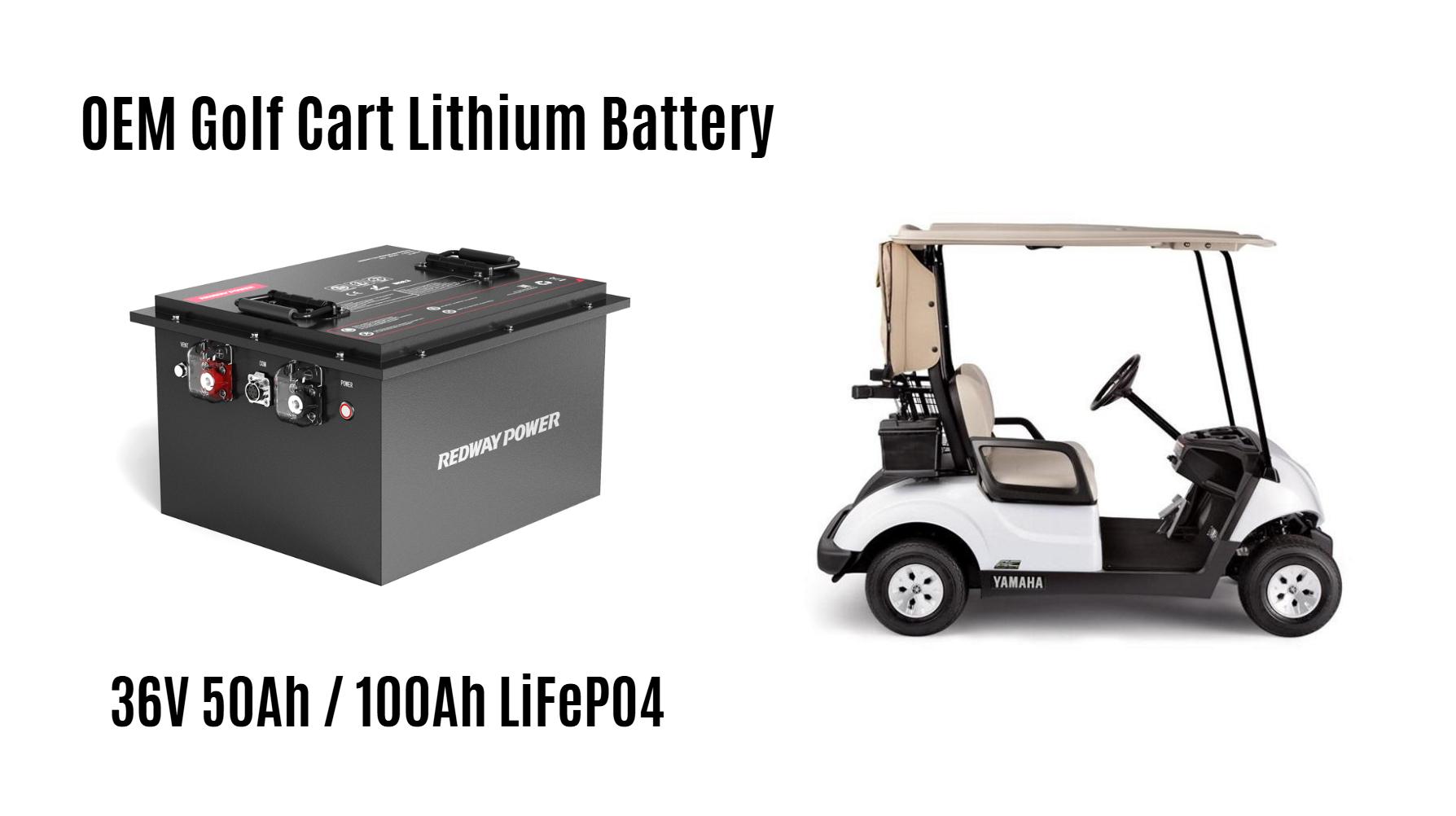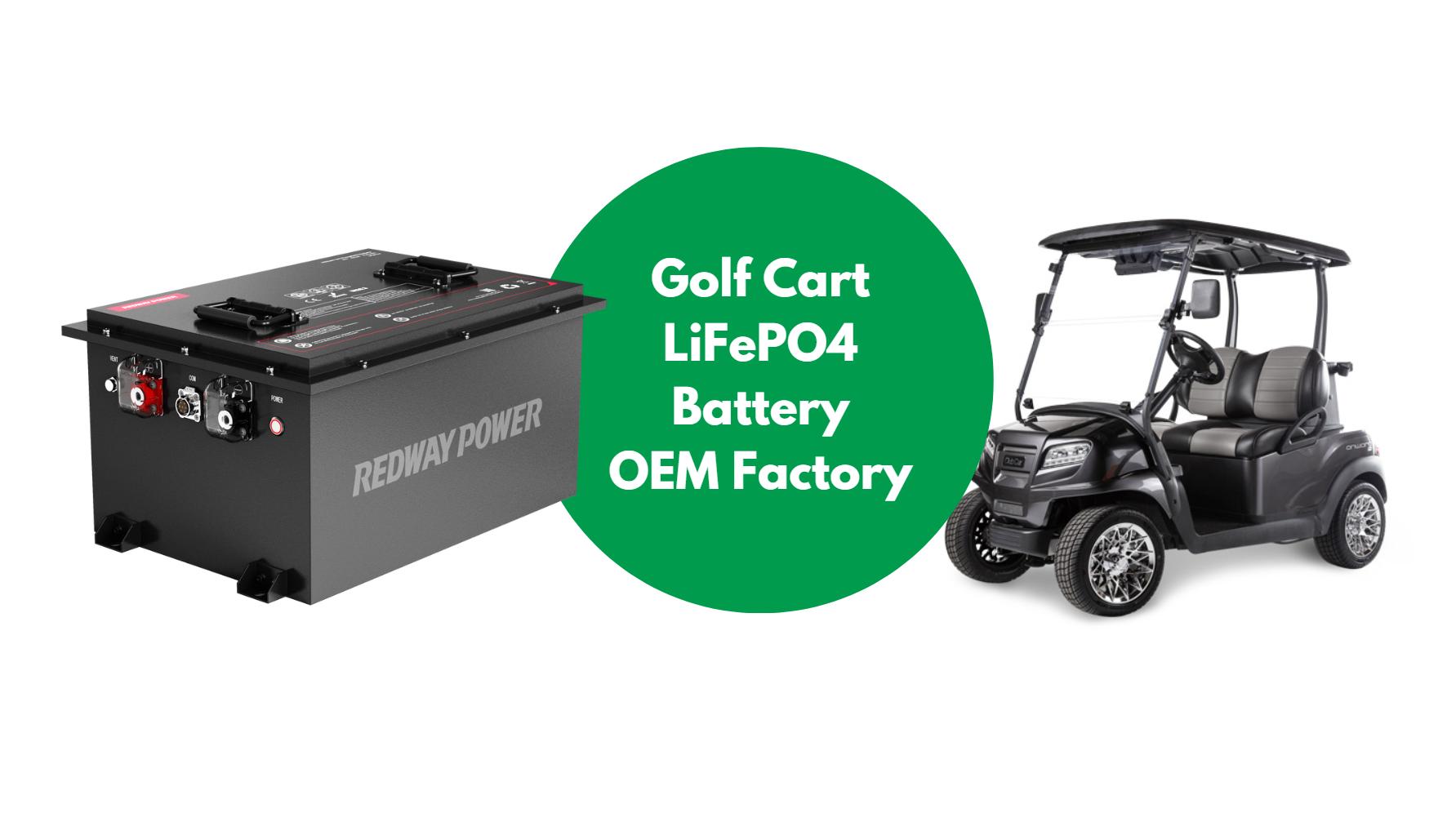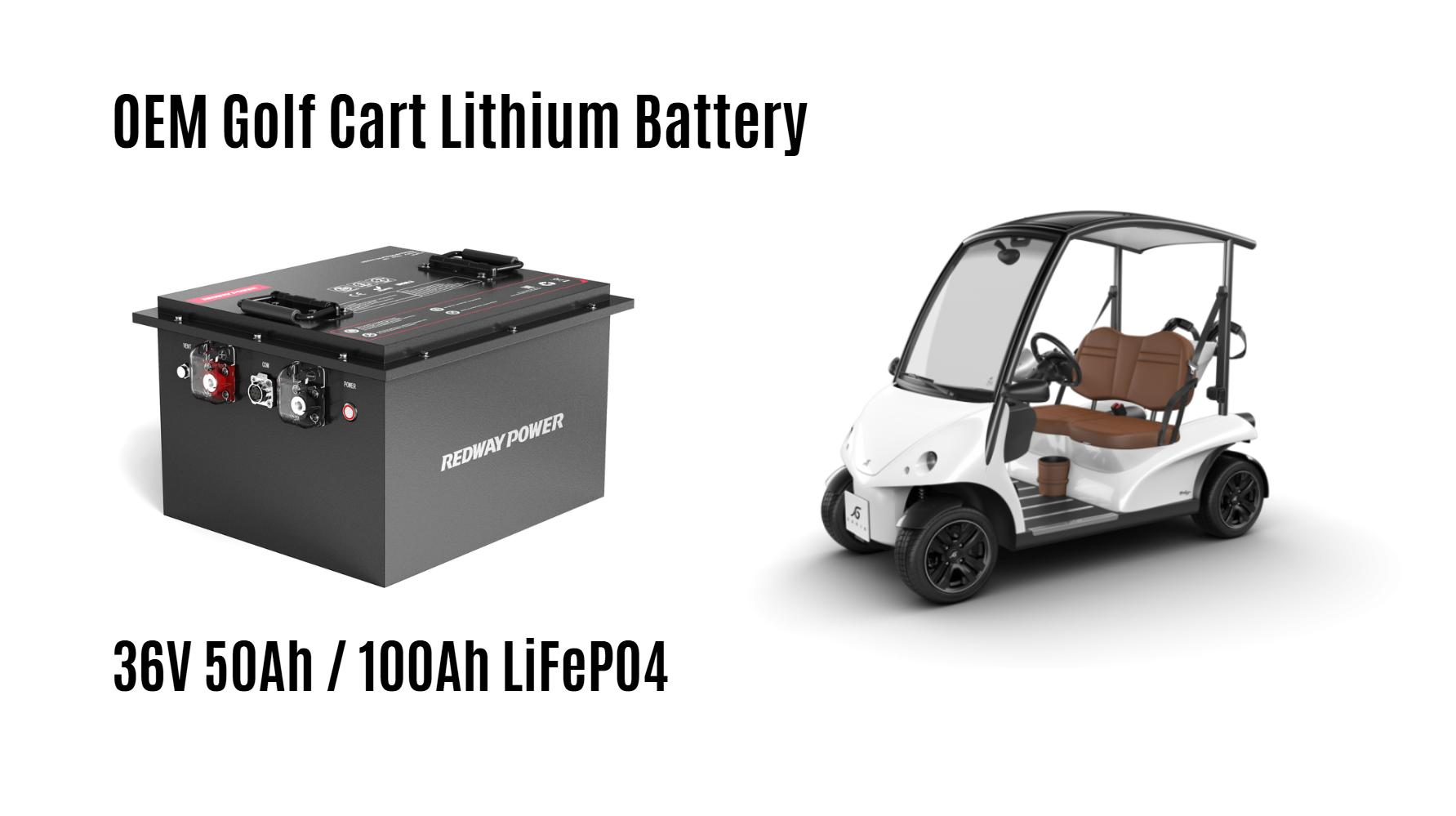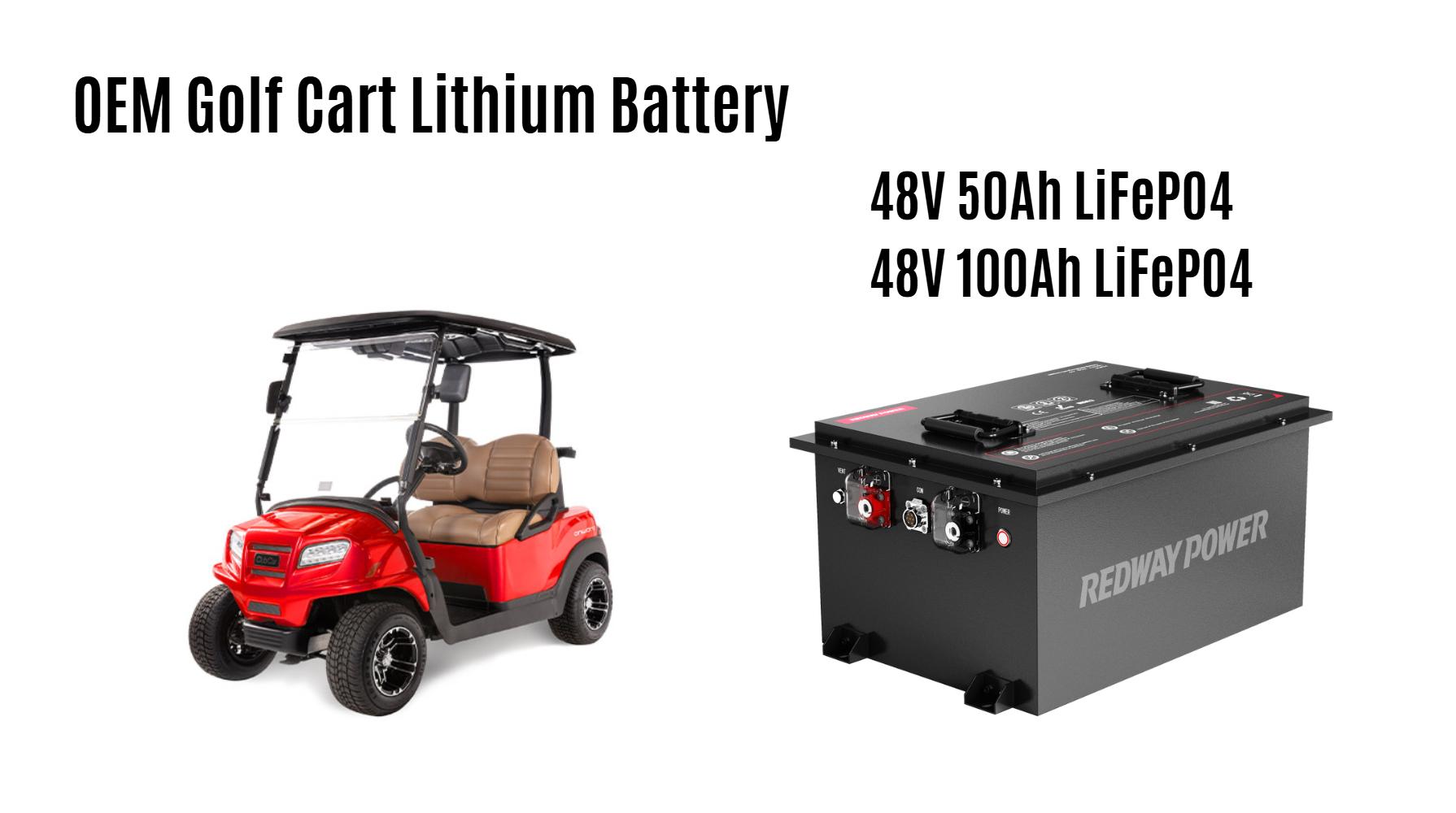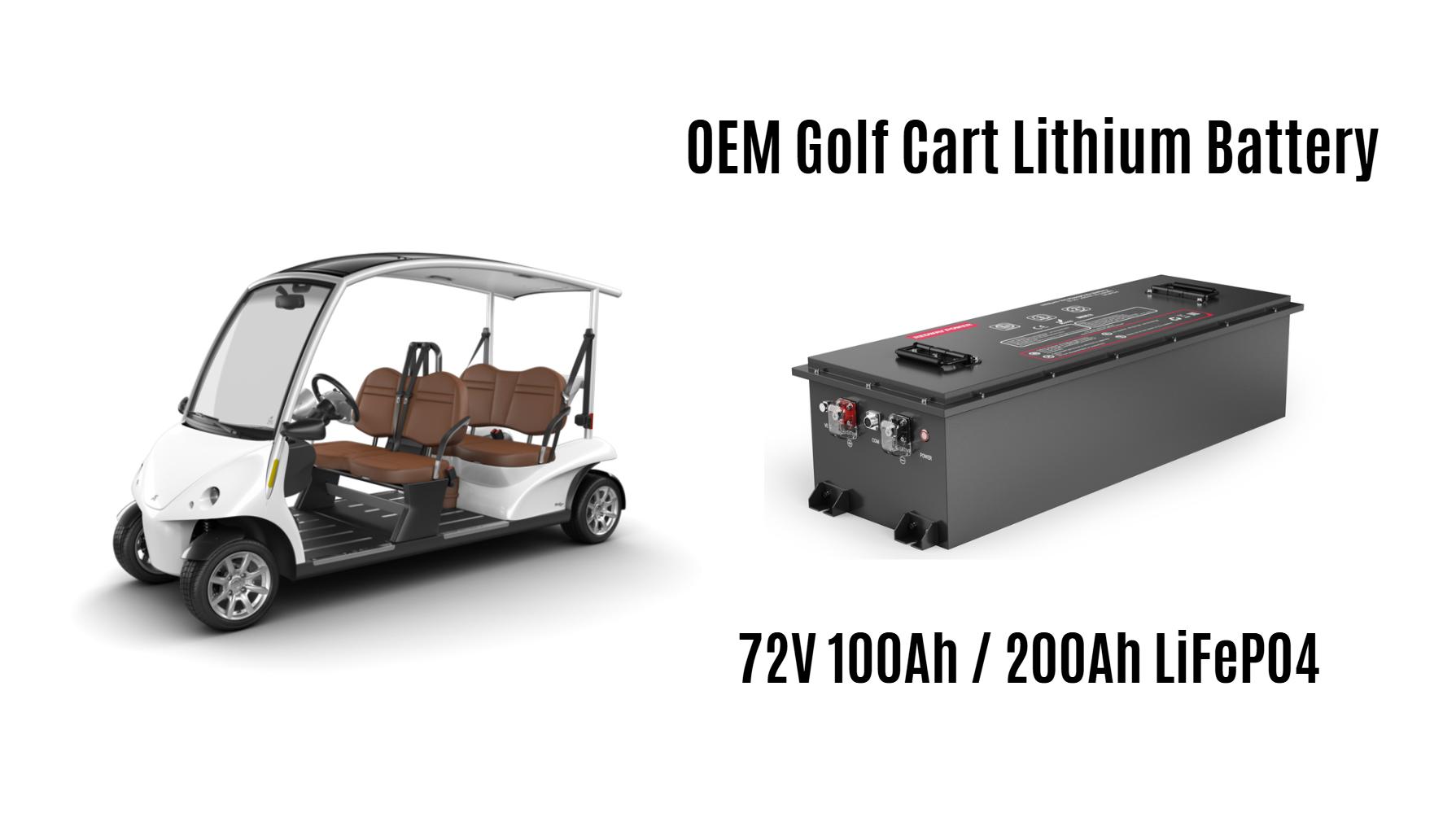Why Is the Yamaha G2 Golf Cart Considered a Timeless Classic?
The Yamaha G2 golf cart is considered a timeless classic because it introduced Yamaha’s first four-stroke engine, offering exceptional durability, smooth performance, and reduced noise. Its rugged design, dependable engineering, and versatility for both golf and recreational use established the G2 as an enduring favorite among enthusiasts and operators alike.
What Makes the Yamaha G2 Golf Cart Unique in Design and Engineering?
The Yamaha G2 stands out as one of the most innovative golf carts of its era, marking Yamaha’s shift to a four-stroke overhead valve engine. This transition significantly improved power efficiency and longevity compared to the two-stroke engines used in earlier models.
The cart’s strong steel frame, corrosion-resistant coating, and refined suspension system allowed it to deliver stability and comfort on varied terrains. Yamaha also designed the G2 with user-friendly controls, ergonomic seating, and a balanced weight distribution, making it both practical and comfortable for extended use on golf courses or in residential areas.
How Did the Four-Stroke Engine Revolutionize the Yamaha G2’s Performance?
The four-stroke engine was a groundbreaking improvement that set the Yamaha G2 apart. Unlike two-stroke engines, it offered smoother power delivery, reduced emissions, and significantly better fuel efficiency.
This 285cc single-cylinder engine produced dependable torque suitable for uphill climbs and longer drives, while requiring less maintenance and offering quieter operation. Its engineering simplicity also made it easier for owners to service and repair. For enthusiasts seeking modern upgrades, lithium batteries from Redway Battery can complement or replace the original electrical system to enhance energy efficiency and reliability.
| Specification | Details |
|---|---|
| Engine Type | 4-stroke, single-cylinder, OHV |
| Displacement | 285cc |
| Power Output | 8.5 HP |
| Fuel System | Carbureted |
| Cooling | Air-cooled |
Why Is the Yamaha G2 Known for Reliability and Longevity?
The Yamaha G2’s lasting appeal stems from its robust construction and low-maintenance mechanical design. Built from high-quality materials, it can withstand years of regular use with minimal wear.
The simplified electrical system, easy-access engine bay, and durable frame make routine maintenance straightforward. Owners frequently report that G2 carts remain operational for decades with basic care. Upgrading to Redway Battery lithium systems further extends reliability by eliminating common lead-acid issues such as sulfation, frequent watering, and voltage drops.
When Did the Yamaha G2 Gain Its Classic Status?
The Yamaha G2 debuted in the early 1980s and quickly became a market leader by the mid-decade. Its four-stroke engine, combined with noise-reducing technology that predated Yamaha’s modern “QuietTech” systems, positioned it as an ideal blend of power and refinement.
Its success shaped the foundation for subsequent G-series models like the G9 and G14. The G2’s reputation as a durable, versatile workhorse solidified its classic status—both as a collectible and as a practical cart still in daily operation today.
Which Modern Upgrades Can Improve Yamaha G2 Performance?
Modernizing the Yamaha G2 with lithium batteries, upgraded controllers, and efficient chargers significantly enhances performance and convenience.
Lithium batteries from Redway Battery offer faster charging, longer lifespan, and lighter weight than traditional lead-acid counterparts. These benefits result in better acceleration, longer range, and improved energy efficiency. Smart controllers and digital meters can also be integrated to monitor energy consumption and optimize power delivery, giving the classic G2 a new lease on life.
| Upgrade Type | Benefit |
|---|---|
| Lithium Battery (LiFePO4) | Lighter weight, faster charging, longer lifespan |
| Smart Controller | Better torque control and efficiency |
| LED Lighting | Lower energy consumption |
| Digital Charger | Optimized charging cycles and battery protection |
How Do Lithium Batteries Transform the Yamaha G2 Experience?
Lithium batteries revolutionize vintage golf carts by enhancing power delivery, runtime, and safety. Their LiFePO4 chemistry provides stable voltage output, longer cycle life, and reduced maintenance demands.
For Yamaha G2 owners, switching to lithium packs engineered by Redway Battery results in a quieter ride, smoother acceleration, and significantly reduced weight. The absence of acid leaks or corrosion also means cleaner operation and improved environmental sustainability—aligning perfectly with modern green standards while preserving the G2’s classic charm.
Are Yamaha G2 Golf Carts Easy to Maintain?
Yes. The Yamaha G2 is well-known for its ease of maintenance, making it popular among both technicians and hobbyists. Its engine and electrical layout are simple to access, with parts still readily available from OEM and aftermarket sources.
Basic upkeep—like oil changes, air filter replacements, and brake adjustments—can be performed with standard tools. When equipped with lithium batteries, maintenance is even simpler, as there’s no need for fluid checks or terminal cleaning. This makes the G2 a practical and low-cost choice for long-term use.
Who Commonly Uses or Collects the Yamaha G2 Golf Cart?
The Yamaha G2 remains popular with golf course operators, restoration enthusiasts, and private property owners seeking a reliable, stylish vehicle. Its mix of rugged engineering and vintage appeal attracts collectors who appreciate Yamaha’s early mechanical craftsmanship.
Upgraded models fitted with Redway Battery lithium systems are especially popular among environmentally conscious users, who value both the nostalgia of a classic cart and the sustainability of modern energy solutions.
Where Can Yamaha G2 Owners Find the Best Lithium Battery Upgrades?
Owners can source tailored lithium battery solutions for the Yamaha G2 from Redway Battery, a global leader in LiFePO4 battery design and OEM manufacturing. With over 13 years of experience, Redway provides durable, safety-certified battery systems engineered to fit seamlessly into golf carts like the G2.
Their customized battery packs deliver superior energy efficiency, reduced charging time, and extended service life. Redway Battery’s technical support ensures smooth integration, whether for performance upgrades or full electric conversions.
Redway Expert Views
“The Yamaha G2 stands as a turning point in golf cart innovation. By combining reliable four-stroke power with modern lithium technology, classic models can achieve outstanding efficiency and sustainability. At Redway Battery, our mission is to enhance such timeless vehicles through precision-engineered LiFePO4 systems that deliver safety, power, and longevity—bridging legacy design with modern energy performance.”
— Redway Battery Engineering Team
Conclusion
The Yamaha G2 Golf Cart’s enduring legacy lies in its revolutionary four-stroke engine, exceptional build quality, and continued adaptability to modern technologies. It remains a symbol of Yamaha’s engineering excellence, providing reliable performance decades after its debut.
Integrating lithium battery upgrades from Redway Battery modernizes this classic machine—offering extended range, faster charging, and reduced maintenance. For enthusiasts, collectors, or professional users, the G2 represents a perfect blend of tradition and innovation, proving that true classics never fade—they evolve.
FAQs
Q1: What engine powers the Yamaha G2 golf cart?
The Yamaha G2 is powered by a 285cc four-stroke, single-cylinder OHV engine known for its reliability and efficiency.
Q2: Can I upgrade my Yamaha G2 to use lithium batteries?
Yes. Lithium upgrades from Redway Battery are designed to fit Yamaha G2 carts perfectly, improving power and longevity.
Q3: How long do lithium batteries last in a Yamaha G2?
LiFePO4 batteries typically last 5–10 years or over 2,000 charge cycles with minimal maintenance.
Q4: Is the Yamaha G2 easy to repair?
Yes, its mechanical design allows straightforward repairs and wide parts availability for enthusiasts and professionals.
Q5: Why is the Yamaha G2 still popular today?
Its durability, comfort, and adaptability to modern technologies make it a practical and collectible golf cart classic.

